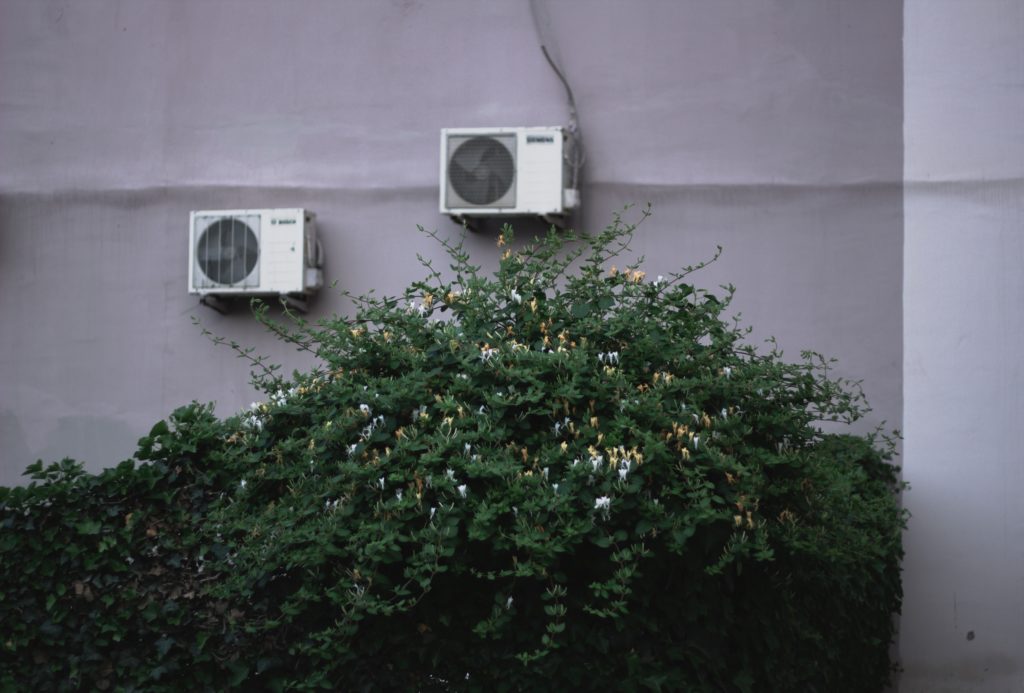Disclaimer: This blog post originally appeared as two separate posts on the Sustainable Tourism blog (here and here). We’ve pulled elements from each to provide you with a summer-specific edition!
For many tourism-based businesses, summertime is the time! But with warmer temperatures in the Northern Hemisphere also comes increased energy consumption, through things like swimming pools and AC units, as well as a rise in water consumption. Refrigeration, identified by Project Drawdown as the number one solution to “drawing down” the amount of carbon in our global atmosphere, is something that is commonly used by many tourism and hospitality-based businesses, and it offers a great opportunity for savings – both of the climate, and your finances.
It always pays to reduce energy consumption where possible. It’s also worth creating efficient systems to capture more of the energy you plan on using. Read on for some summer-specific energy savings tips you could implement in your own business!
Refrigeration
Ensure that door seals are tight and units are regularly defrosted with no ice build-up. Have larger commercial systems serviced regularly and keep vents unobstructed and grime-free. Ideally, position units away from heat sources such as ovens, and enable sufficient spacing for ventilation. Walk-in freezer units should have screens or curtains to ensure any cooling losses are minimized. Additionally, ensure that all refrigeration units are well-sealed, maintained, and not leaking harmful refrigerants!
From Project Drawdown:
Substantial emissions reductions could be achieved through the adoption of practices to (1) avoid leaks from refrigerants and (2) destroy refrigerants at end of life, both after the adoption of alternatives to HFC [hydrofluorocarbon] refrigerants.
Cooling
As the summer heat builds, think about how you are cooling your office, hotel, restaurant, and/or other buildings to keep your guests and staff comfortable. Here are some tips:
- Upgrade/maintain air conditioners to ensure units operate efficiently and conserve electricity.
- Remind guests to turn off air conditioning units when leaving their room, and to close windows and doors when the air conditioning units are on.
- Consider installing electric fans to supplement or replace air conditioning. In comparison to air conditioning, fans use very little electricity.
- Other no- or low-cost strategies include strategic landscaping to have trees and shrubs to shade the building, and having drapes to efficiently block direct sunlight.
Heat Recovery
Heat recovery units extract waste heat from ventilation and refrigeration systems, typically in swimming pools, kitchens, bathrooms and toilets. By using a simple cross-flow heat exchanger, they can recover heat that would normally be lost. Units range from whole-building systems to smaller exchangers for individual extractors.
Energy Efficient Appliances
When it comes to appliances, spending a little extra on high efficiency, Energy Star rated products can result in significant savings of up to 50% when replacing old equipment. It’s a wonder that not all appliances are required to be Energy Star rated! Refrigerators and freezers, dishwashers, televisions, and washing machines are all appliances that you should be sure to purchase in the highest Energy Star rating you can find, the next time you need to replace this equipment.
Install Sensors & Controls
Sensors and controls are a step-up from a basic energy management program that depends on human behaviour to make it work, to one that is run by technology. The most common and cost-effective systems are photo sensors for indoor and outdoor lighting, controlling lights based on the levels of natural light available, and occupancy sensors/key card systems for guest rooms to control both lighting as well as heating and cooling. When a room is unoccupied the lights automatically turn off and the temperature can return to a programmed set-point, typically 23C in the summer and 18C in the winter.
It’s important to remember the three “M’s” while doing this work: Measure – Monitor – Market
Measure – Before you get started, measure your baseline so you can compare your progress over time.
Monitor – Track your reductions in energy consumption to see if you’re getting the anticipated results.
Market – Make your changes part of your sustainability story – your guests, community and other stakeholders love these feel-good stories, and it’s a great way to connect with the values of consumers who are increasingly looking to support responsible businesses.

